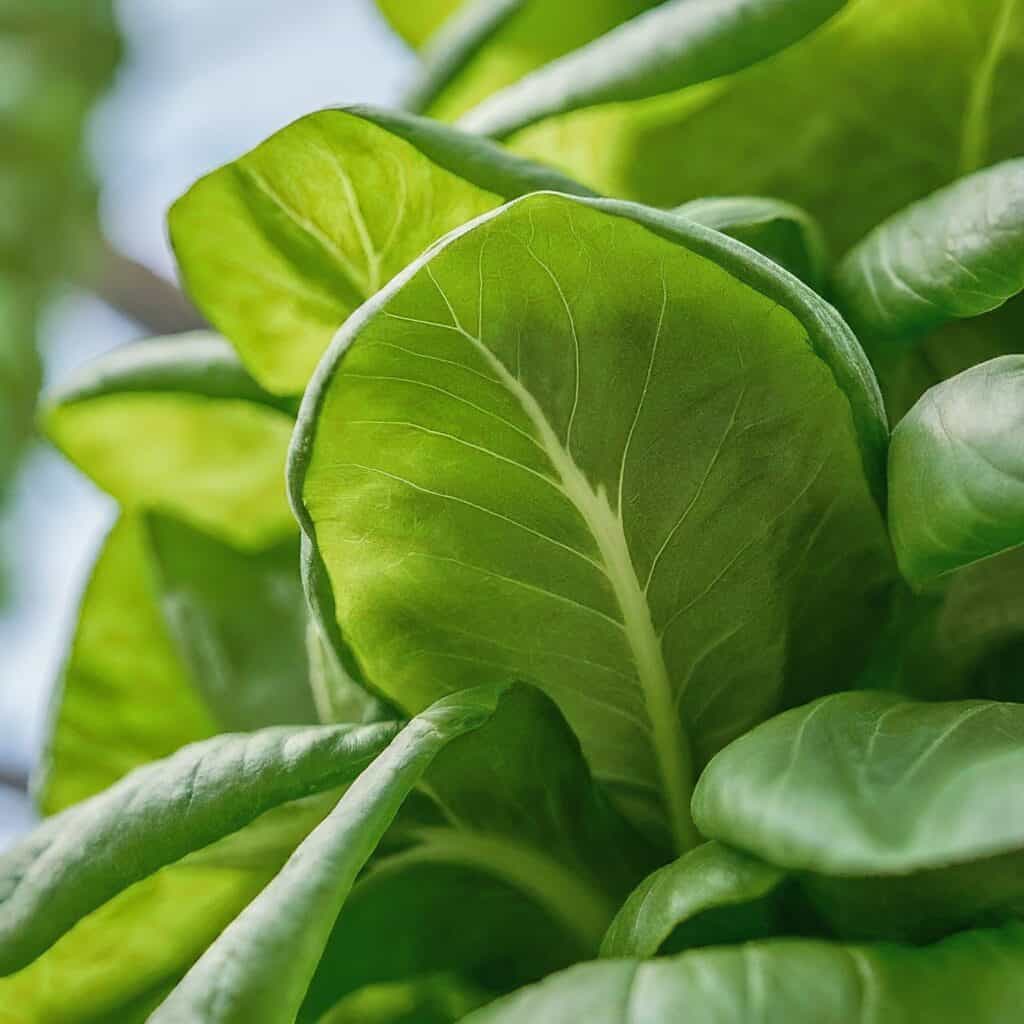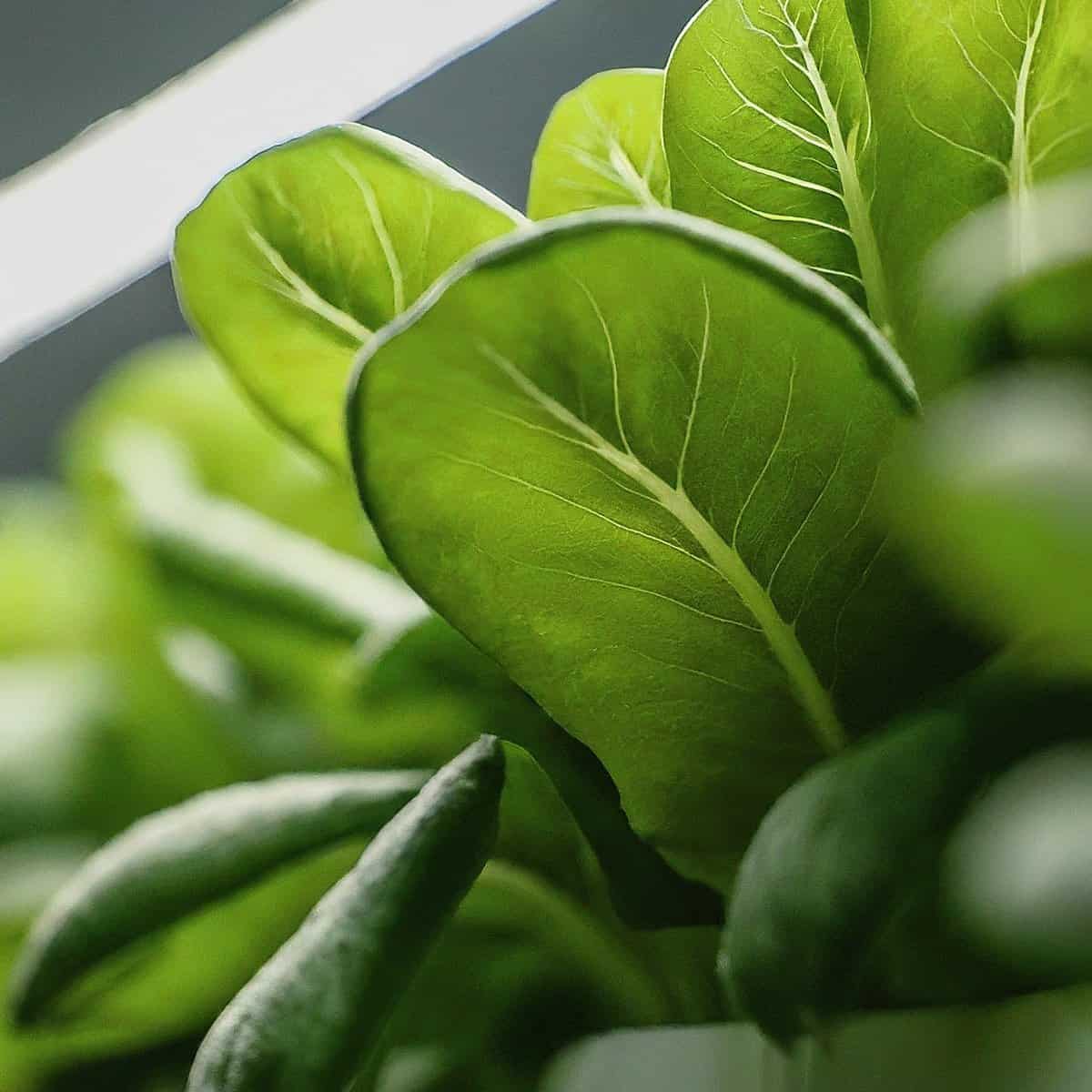Aeroponics is a cutting-edge, soil-free gardening technique that suspends plants in the air and sprays their roots with nutrient-rich mist, offering unparalleled control and efficiency.
KEY TAKEAWAY
- Aeroponics is a soil-free gardening technique that suspends plants in the air and sprays their roots with nutrient-rich mist, offering unparalleled control and efficiency.
- Aeroponics systems can be categorized into low-pressure units, high-pressure devices, and advanced commercial systems, each with their own unique features and applications.
- Aeroponics has a wide range of applications, including space agriculture, bio-pharming, and large-scale commercial farming, but also faces some limitations such as high setup costs, technical expertise required, and susceptibility to power outages.
Aeroponics is pretty cool – it lets you grow plants without soil! Apparently NASA uses this method. (1)
Basically, it works by spraying plant roots with a nutrient-rich mist so they can get everything they need.
I got interested after seeing an “urban farm” that uses it to produce all sorts of greens.
The veggies were flourishing without dirt – it was honestly pretty amazing! Their wide variety of seasonal harvests made me wanna know how this high-tech process could help more communities.
Keep reading to find out how aeroponics works step-by-step and maybe you can set up your own soilless garden!
Understanding Aeroponics
Source: Agrotonomy
Definition and Principles
After years trying different garden styles, aeroponics has become my favorite.
Put simply, aeroponics grows plants without dirt by hanging their roots in air and spraying them with nutrient water mixes. (2)
This allows roots lots of oxygen while using way less water than normal soil or even hydroponics.
Some keys of aeroponic setups involve suspending plant roots in closed, humid spaces with foliage above.
Structures keep roots spread out for better airflow.
Nutrient formulas mist precisely onto uncovered roots on a schedule.
This speeds plant growth through efficient oxygen and mineral delivery straight to where roots absorb.
Key Components of an Aeroponic System
Aeroponic gardens come in various configurations but most include 5 basic elements:
- Root chamber – Where plant roots are suspended in mid-air within an enclosed container. Clear panels allow viewing of the root system.
- Misters – Nozzles that spray atomized nutrient solution onto exposed roots. Low-pressure pumps are best for home systems.
- Reservoir – Holds the water-nutrient mixture before being pumped to misters. Reservoirs are securely sealed and may include water chillers, bubblers or UV filters.
- Controls – Timers and sensors regulate misting intervals and measure pH, temperature and other factors for balance. Proprietary control panels manage multi-step fertigation.
- Structure – Racks, shelves, towers or other frames securely position and support plants within the root chamber. Adjustable lighting may also be included.
When tuned properly, aeroponic systems form virtually closed-loop environments that maximize plant growth while minimizing resource needs.
Though intricate, these futuristic gardens have myriad applications for food production.
Benefits of Aeroponic Cultivation

Aeroponics has some great benefits for gardeners and farmers. (3)
After trying different growing methods for years, aeroponics really stood out to me.
Firstly, it efficiently delivers nutrients.
Without soil sucking them up, an aeroponic system mists fertilizer right onto plant roots.
This means less wasted grub and more absorbed by green thumbs.
Secondly, root oxygenation is top-notch.
Instead of baking underground, aeroponic roots stay breezy and ventilated.
This helps plants thrive above and below.
It’s also a water-saving wonder.
By recirculating liquid in a closed system, you can reuse and replay water endlessly.
And that’s no fooling around when farming leafy greens and herbs.
Put it all together and aeroponics offers environmental and financial wins over older techniques.
Your wallet and mother earth will thank you later.
While not perfect, on the whole aeroponics has definitely worked wonders for this gardener.
The benefits had this guy sold from the get-go.
Types of Aeroponics Systems

Low-pressure Units
Aeroponics can seem pretty techy but the ideas are easy to grasp.
Low-pressure is quite simple.
A pump sends a light mist through jets or soundwaves to care for plants.
It’s perfect for small spaces like my kitchen windowsill.
The bubbles are just right – not too much to drown my herb babies but enough to keep ’em healthy.
My system only set me back 50 bucks but it grows like a champ!
High-pressure Devices
Farmers wanting big harvests may spring for high-pressure.
These bad boys blast mist with pressure that would make a firefighter jealous.
The tiny droplets, smaller than a grain of salt, deliver nutrients real good.
Tests showed slightly faster growth over low-pressure systems.
For commercial growers, the added costs may pay off in profits.
However, even part-timers like me can succeed with low-pressure’s more laidback approach.
Commercial Systems
Finally, there’s the heavy machinery built for major agriculture.
These industrial setups don’t mess around – they come armed with sterilizers, quality controllers, and sealed plant condos.
No pests allowed! The largest fields stack plants tighter than sardines to maximize space in their futuristic indoor forests.
With whiz-bang monitoring and robot harvesting too.
Talk about taking technology to the max!
Overall, aeroponics promises more sustainable farming regardless of land quality.
By freeing us from soil it nourishes creativity in tough climates.
With more tweaking, maybe one day nobody will go hungry on this planet no matter where they live.
Applications and Case Studies
Aeroponics in Action
Aeroponics is making some cool things happen in the real world:
- NASA uses it to grow fresh salads for astronauts. They want the freshest produce in orbit!
- Biotech companies employ aeroponics for “biofarming” valuable plant medicines.
- Commercial farmers worldwide leverage aeroponics to boost harvests.
- In Vietnam, disease-free potatoes from aeroponic nurseries lifted yields.
- Ginger farmers noticed heartier roots and bigger hauls vs soil plots.
- Herb specialists do less work for similar gains too.
- Some startups cultivate beneficial microorganisms through aeroponics.
- One company remotely fertilizes organic farms this way.
- Researchers in Ghana helped yam security with aeroponic nurseries.
- Even medicinal crop optimization uses tailored conditions.
Proof is in the Produce
Evidence shows aeroponics’ benefits firsthand:
- University ginger tests found taller, stockier roots vs soil with fewer rot issues.
- For potatoes, disease resistance and water savings boosted harvests.
- Valerian crops benefited from a mellow environment and maximized properties.
- NASA will feed astronauts on Mars with greens thriving on minimal mist.
- AeroFarms, the largest indoor aeroponic farm, provides salads for millions.
- Even fertilizer, yams, and medicinal crop cultivation leverages aeroponics.
In short, aeroponics adapts to many uses from meds to staples through savvy growing methods. Both DIY and huge operations prosper this way.
Addressing Limitations and Challenges of Aeroponics
- It Takes Work: Aeroponics means keeping close watch on pH and nutrients in the mist. As someone who’s lost plants, I get why newcomers find that a drag. Commercial growers make it easier with automated sensors.
- It Ain’t Cheap: Setting up ain’t wallet-friendly. Those mister nozzles and water pumps really added up for me as a beginner.
- Machines Mean Risk: If your ultrasonic fogger falls ill during a blackout, so do your plants. I speak from experience after a failed crop of basil. Now extras are a must.
- Pests Pester: Pathogens spread fast without cleaners. You’ll save crops vacuuming roots.
- Not All Crops: Stuff like carrots still dig dirt. Leafies simply adore aeroponics though.
- Light Bills: Indoor also means artificial lights to aid growth. That ups costs and carbon footprint.
Advancements do help. Precise controls mean speedier Swiss chard and bushier basil, as experiments have found. New hydrophobic micro-droplet emitters automate hygiene too. It’s ideal for learning and low-stress indoor gardening when conditions are right. With tweaks and tenacity, disadvantages can dissolve. Might this tech be the future of local, controlled environments? Only one way to find out.
Best Practices for Successful Aeroponics
Proper Setup and Monitoring of Nutrient Levels
To cultivate healthy plants, I ensure my aeroponic system’s pH and EC/TDS levels are monitored daily. Key indicators include:
- pH between 5.5-6.5 for most plants
- EC/TDS appropriate for crop stage – low for seedlings, increasing with maturity
- Calibration of all monitoring equipment for precise measurements
- pH up/down solutions/buffers within expiry for pH adjustments
Maintaining a Clean and Disinfected Environment
Sanitization is crucial to prevent root diseases. My routine involves:
- Daily nutrient resovoir changes to eliminate pathogens
- Weekly disinfection of grow beds, pipes, pumps with hydrogen peroxide
- Bottom-watering for plants when resovoir is changed to reduce transplant shock
- Light scrubbing of rockwool cubes/ Net pots to remove algae without damaging roots
- Black-out periods to encourage root growth and allow natural pathogeen zapping
Optimizing Environmental Conditions for Plant Growth
Perfecting growing conditions yields lush harvests. Some tweaks I made:
- 18-24 hour lighting for leafy greens, 12/12 for fruiting plants
- Day and night temperatures between 20-24°C for most edibles
- Ventilation and dehumidification to maintain 50-60% RH
- CO2 enrichment when lights are on to 1500ppm for faster growth
- Hardening off seedlings before transplanting outdoors
Selecting Suitable Plant Varieties
Fast growth depends on strain selection. Varieties I sow include:
- Microgreens like broccoli, radish and pea shoots for quick harvests
- Bush beans, cucumbers and tumbling tom for high production
- Leafy herbs with smaller footprint like basil, thyme and mint
- Strawberries and tomatoes for their susceptibility to root diseases
These practices have yielded impressive results after years of experience.
Correct nutrient levels promote plant health while strict sanitization prevents root maladies.
Optimized conditions accelerate vegetative phases and amp up productivity.
Well-chosen cultivars excel in quick crop turns.
With diligence, aeroponic agriculture ensures plentiful, pathogen-free harvests.
Wrapping Up Aeroponic Experiences
Instead of soil, aeroponics uses air and water to feed plants.
After trying many times over ten years, I learned what works best.
Keeping the right balance of nutrients keeps plants happy but tweaking light and temperatures really gets them going.
Adjusting these made a big difference in how much food I grew.
Picking plants meant for this method helped the most.
While it takes work to check on things and clean regularly, the rewards are well worth it.
Vegetables, herbs and tiny greens grew like crazy in no time flat.
Friends loved sampling my harvests and wanted to know my secret for growing without dirt.
Testing new ideas over the years helped me sell at markets year-round.
In the end, following science but also caring for the plants the right way is what truly pays off.
For serious gardeners, hanging roots in misted nutrients unveils some great surprises.
References
- https://www.researchgate.net/figure/Aeroponics-and-NASA-Hydroponics-gardening-2014_fig3_325465046
- https://en.wikipedia.org/wiki/Aeroponics
- https://www.gardeningsite.com/aeroponics/aeroponics-benefits-and-disadvantages/
Related Articles
- https://tophydroponicgarden.com/how-much-does-an-aeroponic-system-cost/
- https://tophydroponicgarden.com/what-are-the-disadvantages-of-aeroponics/
- https://tophydroponicgarden.com/how-does-aeroponics-work/
Was this helpful?

I’m Barrie L., a passionate hydroponic gardening enthusiast dedicated to cultivating thriving, soil-less gardens. With a focus on all things hydroponic, I share my expertise on innovative growing techniques and sustainable practices through my blog, tophydroponicgarden.com. As a seasoned hydroponics specialist, my goal is to inspire and guide fellow gardeners in harnessing the power of water-based cultivation for bountiful and eco-friendly harvests. I’m also an author of the book “Hydroponics For Absolute Beginners: Your Step By Step Guide For How To Create An Hydroponics System At Home Without Soil, For Growing Vegetable, Fruit And Herbs.” which is sold on Amazon. Join me on a journey of redefining the way we cultivate plants, one nutrient-rich solution at a time. Happy growing!


